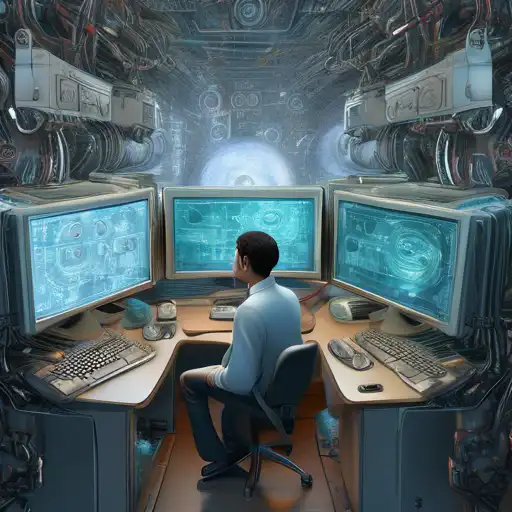Empowering Machines with Sight: The Future of Computer Vision
In the realm of artificial intelligence, computer vision stands as a groundbreaking technology that enables machines to interpret and understand the visual world. By mimicking human vision, computer vision systems can recognize objects, faces, and even emotions, transforming industries from healthcare to automotive.
Understanding Computer Vision
At its core, computer vision involves the automatic extraction, analysis, and understanding of useful information from a single image or a sequence of images. It combines techniques from machine learning, deep learning, and image processing to achieve its goals.
Key Applications of Computer Vision
- Healthcare: From diagnosing diseases through medical imaging to assisting in surgeries, computer vision is revolutionizing patient care.
- Automotive: Self-driving cars rely heavily on computer vision to navigate roads safely.
- Retail: Automated checkout systems and inventory management are made possible with computer vision.
- Security: Facial recognition technologies enhance security measures in public spaces and online platforms.
The Technology Behind Computer Vision
Computer vision systems use algorithms to process and interpret visual data. These algorithms are trained on vast datasets to recognize patterns and features in images. The process involves several steps, including image acquisition, preprocessing, feature extraction, and decision making.
Challenges and Future Directions
Despite its advancements, computer vision faces challenges such as variability in lighting, viewpoint, and occlusions. However, with the continuous improvement in AI technologies, the future of computer vision looks promising. Innovations like 3D vision and augmented reality are set to expand its applications further.
As we move forward, the integration of computer vision with other AI technologies will unlock new possibilities, making machines more intelligent and autonomous. The journey of teaching machines to see is just beginning, and its impact on society will be profound.
